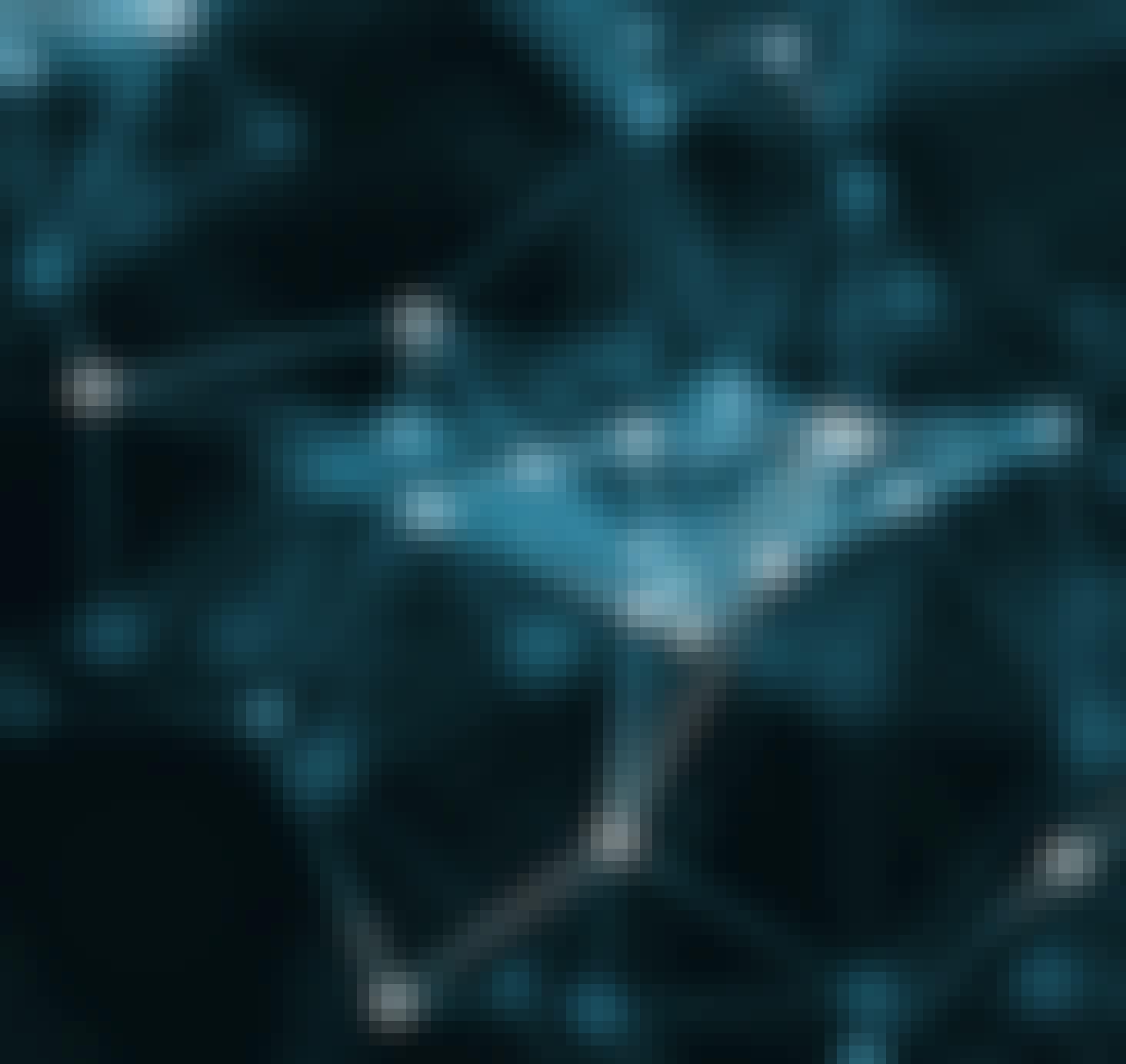- Browse
- Statistical Classification
Filter by
SubjectRequired *
LanguageRequired *
The language used throughout the course, in both instruction and assessments.
Learning ProductRequired *
LevelRequired *
DurationRequired *
SkillsRequired *
SubtitlesRequired *
EducatorRequired *
Results for "statistical classification"
 Status: NewNewStatus: PreviewPreviewO
Status: NewNewStatus: PreviewPreviewOO.P. Jindal Global University
Skills you'll gain: Sampling (Statistics), Statistical Analysis, Probability Distribution, Statistical Hypothesis Testing, Descriptive Statistics, Statistical Methods, Correlation Analysis, Regression Analysis, R (Software), R Programming, Statistical Modeling, Statistical Inference, Probability, Big Data, Decision Tree Learning
Build toward a degree
Mixed · Course · 1 - 3 Months
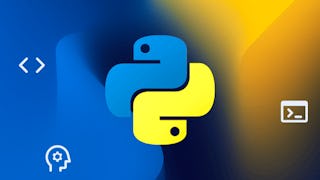 Status: Free TrialFree TrialU
Status: Free TrialFree TrialUUniversity of Michigan
Skills you'll gain: Statistical Hypothesis Testing, Sampling (Statistics), Statistical Modeling, Statistical Methods, Statistical Inference, Bayesian Statistics, Data Visualization, Statistics, Matplotlib, Statistical Visualization, Statistical Software, Probability & Statistics, Statistical Analysis, Jupyter, Statistical Programming, Regression Analysis, Data Visualization Software, Predictive Modeling, Data Analysis, Python Programming
4.6·Rating, 4.6 out of 5 stars3.3K reviewsBeginner · Specialization · 1 - 3 Months
 Status: Free TrialFree TrialJ
Status: Free TrialFree TrialJJohns Hopkins University
Skills you'll gain: Shiny (R Package), Rmarkdown, Regression Analysis, Exploratory Data Analysis, Statistical Inference, Predictive Modeling, Statistical Hypothesis Testing, Machine Learning Algorithms, Plotly, Interactive Data Visualization, Probability & Statistics, Data Presentation, Data Visualization, Feature Engineering, Statistical Analysis, Statistical Modeling, R Programming, Data Science, Machine Learning, GitHub
4.4·Rating, 4.4 out of 5 stars7.2K reviewsIntermediate · Specialization · 3 - 6 Months
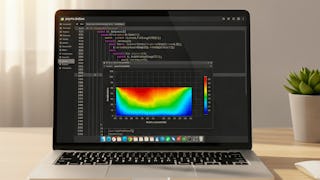 Status: NewNewStatus: Free TrialFree Trial
Status: NewNewStatus: Free TrialFree TrialSkills you'll gain: Sampling (Statistics), Data Mining, Statistical Hypothesis Testing, Probability, Linear Algebra, Statistical Analysis, Statistical Inference, Data Analysis, Probability Distribution, Statistics, Machine Learning Algorithms, Machine Learning, Python Programming
Mixed · Course · 1 - 4 Weeks
 Status: NewNewStatus: Free TrialFree Trial
Status: NewNewStatus: Free TrialFree TrialSkills you'll gain: Descriptive Statistics, Probability & Statistics, Statistical Hypothesis Testing, Regression Analysis, Statistics, Predictive Modeling, Data Visualization, Statistical Analysis, Data Science, Data Analysis, Statistical Modeling, Histogram, Pandas (Python Package), NumPy, Statistical Inference, Probability, Correlation Analysis
Mixed · Course · 1 - 4 Weeks
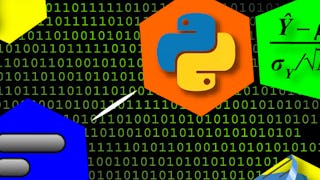 Status: Free TrialFree TrialJ
Status: Free TrialFree TrialJJohns Hopkins University
Skills you'll gain: Bioinformatics, Unix Commands, Biostatistics, Exploratory Data Analysis, Statistical Analysis, Unix, Data Science, Data Management, Statistical Methods, Command-Line Interface, Statistical Hypothesis Testing, Linux Commands, Data Analysis Software, Data Quality, Statistical Modeling, Data Structures, Data Analysis, Molecular Biology, R Programming, Python Programming
4.5·Rating, 4.5 out of 5 stars6.7K reviewsIntermediate · Specialization · 3 - 6 Months
What brings you to Coursera today?
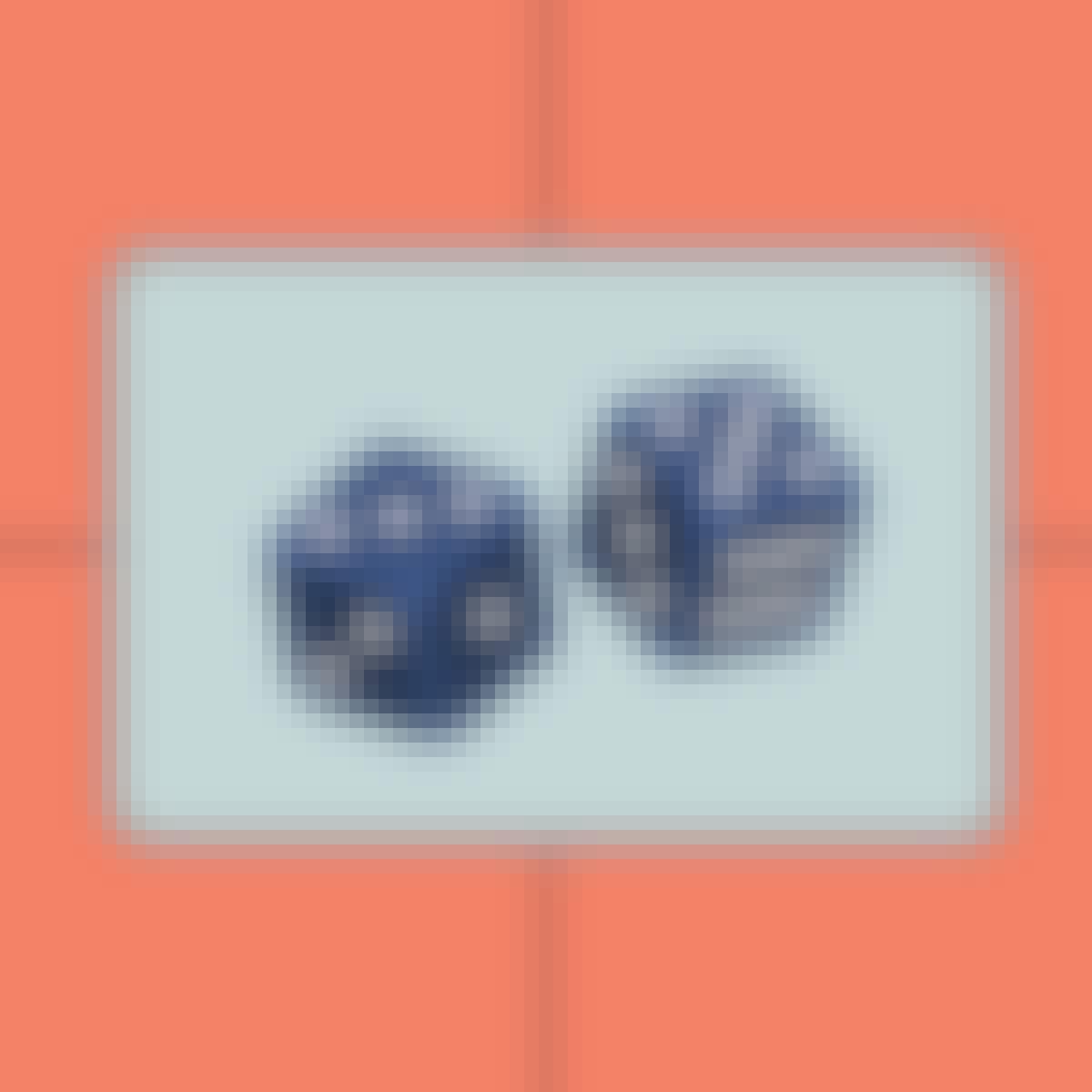 Status: Free TrialFree TrialU
Status: Free TrialFree TrialUUniversity of California, Santa Cruz
Skills you'll gain: Time Series Analysis and Forecasting, Bayesian Statistics, R Programming, Forecasting, Statistical Inference, Statistical Modeling, Technical Communication, Data Presentation, Statistics, Probability, Statistical Analysis, Statistical Software, Advanced Analytics, R (Software), Data Analysis, Mathematical Modeling, Microsoft Excel, Markov Model, Statistical Methods, Data Science
4.6·Rating, 4.6 out of 5 stars3.5K reviewsIntermediate · Specialization · 3 - 6 Months
 Status: Free TrialFree TrialD
Status: Free TrialFree TrialDDuke University
Skills you'll gain: Bayesian Statistics, Statistical Hypothesis Testing, Sampling (Statistics), Statistical Inference, Exploratory Data Analysis, Peer Review, Regression Analysis, R (Software), Statistical Reporting, Probability Distribution, Statistical Methods, Statistics, Statistical Analysis, Data Analysis, Probability & Statistics, Probability, R Programming, Statistical Modeling, Correlation Analysis, Data Visualization
4.7·Rating, 4.7 out of 5 stars7.6K reviewsBeginner · Specialization · 3 - 6 Months
 Status: Free TrialFree Trial
Status: Free TrialFree TrialSkills you'll gain: Data Visualization, Descriptive Statistics, Regression Analysis, Forecasting, Probability Distribution, Business Analytics, Data Analysis, Statistical Analysis, Statistical Methods, Microsoft Excel, Statistics, Spreadsheet Software, Predictive Analytics, Probability
4.6·Rating, 4.6 out of 5 stars125 reviewsIntermediate · Course · 1 - 3 Months
 Status: Free TrialFree Trial
Status: Free TrialFree TrialSkills you'll gain: Supervised Learning, Machine Learning Algorithms, Classification And Regression Tree (CART), Applied Machine Learning, Predictive Modeling, Scikit Learn (Machine Learning Library), Data Processing, Data Cleansing, Machine Learning, Regression Analysis, Data Manipulation, Business Analytics, Feature Engineering, Random Forest Algorithm, Statistical Modeling, Sampling (Statistics), Performance Metric
4.8·Rating, 4.8 out of 5 stars434 reviewsIntermediate · Course · 1 - 3 Months
 Status: Free TrialFree TrialM
Status: Free TrialFree TrialMMathWorks
Skills you'll gain: Data Storytelling, Feature Engineering, Data Visualization, Supervised Learning, Dimensionality Reduction, Data Integration, Interactive Data Visualization, Exploratory Data Analysis, Data Import/Export, Technical Communication, Data Analysis, Applied Machine Learning, Data Visualization Software, Matlab, Regression Analysis, Data Processing, Descriptive Statistics, Data Cleansing, Predictive Modeling, Data Manipulation
4.8·Rating, 4.8 out of 5 stars1.1K reviewsBeginner · Specialization · 3 - 6 Months
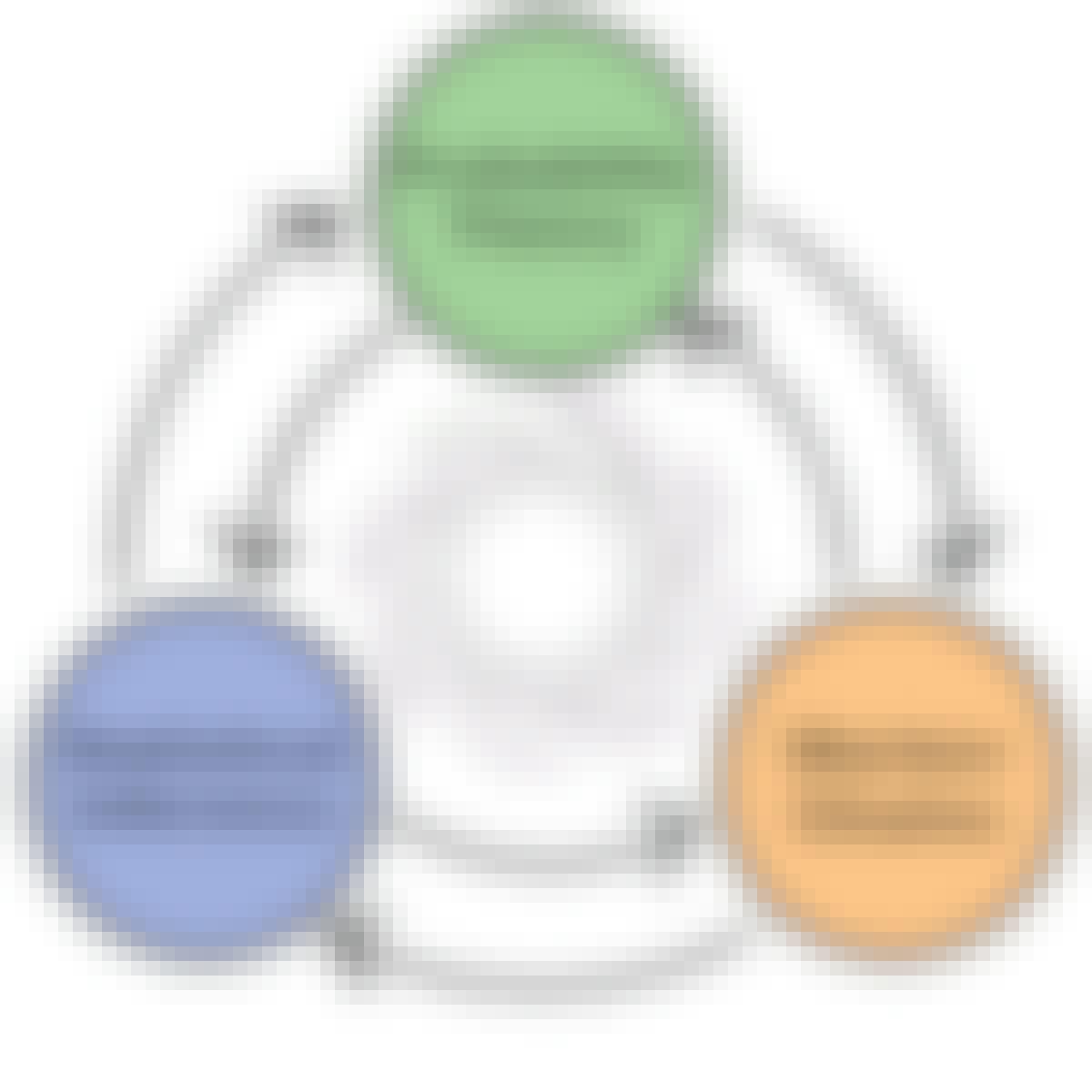 Status: NewNewStatus: Free TrialFree TrialU
Status: NewNewStatus: Free TrialFree TrialUUniversity of Colorado Boulder
Skills you'll gain: Probability, Markov Model, Estimation, Probability & Statistics, Probability Distribution, Statistical Methods, Statistical Inference, Bayesian Statistics, Sampling (Statistics), Statistical Analysis, Mathematical Modeling, Statistics, Statistical Modeling, Data Analysis, Data Science, Descriptive Statistics, Machine Learning Algorithms, Artificial Intelligence, Generative AI
Build toward a degree
4.4·Rating, 4.4 out of 5 stars316 reviewsIntermediate · Specialization · 3 - 6 Months
In summary, here are 10 of our most popular statistical classification courses
- Statistical Methods and Data Analysis : O.P. Jindal Global University
- Statistics with Python: University of Michigan
- Data Science: Statistics and Machine Learning: Johns Hopkins University
- Machine Learning with Python & Statistics: EDUCBA
- Statistics for Data Science with Python: EDUCBA
- Genomic Data Science: Johns Hopkins University
- Bayesian Statistics: University of California, Santa Cruz
- Data Analysis with R: Duke University
- Statistical Analysis Fundamentals using Excel: IBM
- Supervised Machine Learning: Classification: IBM
Frequently Asked Questions about Statistical Classification
Statistical classification is a technique or method used in data analysis to categorize or group items into different classes based on their similarities or attributes. It involves the use of statistical models and algorithms to automatically assign objects or observations to predefined classes.
This process is commonly applied in various fields such as machine learning, pattern recognition, and data mining. Statistical classification can be used in different scenarios, including text classification, image classification, medical diagnosis, fraud detection, and market segmentation, among others.
By utilizing statistical classification, researchers and data analysts can effectively analyze and organize large datasets, making it easier to extract meaningful insights and make informed decisions.
To become proficient in Statistical Classification, you will need to learn the following skills:
Understanding of Probability Theory: Statistical Classification heavily relies on probability theory, which involves concepts like conditional probability, Bayes' theorem, and random variables. You should have a solid grasp of these concepts to accurately analyze and classify data.
Knowledge of Machine Learning Algorithms: Statistical Classification is often performed using various machine learning algorithms, such as Naive Bayes, logistic regression, decision trees, random forests, support vector machines (SVM), and neural networks. Familiarize yourself with these algorithms to understand their principles, strengths, and weaknesses.
Data Preprocessing and Feature Selection: Clean, well-prepared data is crucial for accurate classification. You will need to learn techniques for preprocessing data, dealing with missing values, handling outliers, and selecting relevant features to enhance the performance of classification models.
Performance Evaluation: Understanding how to assess the performance of classification models is essential. Learn metrics like accuracy, precision, recall, F1-score, and confusion matrix. Additionally, explore techniques like cross-validation and ROC curves to evaluate and compare different models.
Programming and Data Manipulation: Proficiency in a programming language like Python or R is necessary to implement and experiment with classification algorithms. Additionally, you should be comfortable with data manipulation and analysis libraries like pandas, numpy, and scikit-learn.
Statistical Concepts: A solid understanding of basic statistical concepts like hypothesis testing, probability distributions, and sampling is helpful for selecting appropriate statistical methods and validating the results of classification models.
- Domain Knowledge: Depending on the field in which you plan to apply Statistical Classification, it's beneficial to have domain-specific knowledge. This knowledge helps you understand the data, interpret the results, and make informed decisions during the classification process.
Remember, practicing and applying these skills through hands-on projects and real-world datasets will reinforce your understanding and mastery of Statistical Classification.
With Statistical Classification skills, you can pursue various job opportunities in fields such as data analysis, market research, machine learning, and business intelligence. Some specific job roles you can consider include:
Data Analyst: Apply statistical classification techniques to analyze and interpret data, identify trends, and provide insights to support decision-making processes.
Market Research Analyst: Utilize statistical classification methods to categorize and analyze market data, identify customer preferences, and assist in developing marketing strategies.
Data Scientist: Employ statistical classification algorithms to build predictive models and solve complex problems using data-driven approaches.
Business Intelligence Analyst: Use statistical classification techniques to analyze large datasets and create reports and dashboards that present key business insights to inform strategic decisions.
Machine Learning Engineer: Apply statistical classification algorithms to develop and optimize machine learning models for tasks such as image classification, natural language processing, and recommendation systems.
Quantitative Analyst: Utilize statistical classification techniques to analyze financial and market data for investment strategies and risk assessment.
Epidemiologist: Apply statistical classification methods to analyze healthcare data, identify patterns and trends related to diseases, and contribute to public health research and policy development.
Fraud Analyst: Utilize statistical classification methods to detect and prevent fraudulent activities by analyzing patterns and anomalies in transactional data.
Operations Research Analyst: Use statistical classification techniques to optimize processes, make data-driven decisions, and solve complex operational problems in fields such as logistics, supply chain management, and transportation.
- Social Scientist: Apply statistical classification methods to analyze social and behavioral data, identify patterns, and draw conclusions to support social research and policy development.
These are just a few examples, and Statistical Classification skills can be valuable across a wide range of industries and job roles that involve data analysis and decision-making.
Statistical Classification is best suited for individuals who have a strong interest in data analysis, problem-solving, and pattern recognition. This field requires a solid foundation in mathematics and statistics, as well as a keen eye for detail. People who enjoy working with large datasets, drawing insights from data, and making data-driven decisions would find studying Statistical Classification highly rewarding. Additionally, individuals with a background in computer science or programming would have an advantage in implementing classification algorithms and working with machine learning models.
There are several topics related to Statistical Classification that you can study. Here are some suggestions:
Machine Learning: Statistical Classification is a fundamental concept in machine learning. Study various machine learning algorithms, such as Naive Bayes, Decision Trees, Support Vector Machines, and k-Nearest Neighbors, to understand how statistical classification is applied in predictive modeling.
Data Mining: Explore data mining techniques, which often use statistical classification to discover patterns and relationships in large datasets. Learn about association rule mining, clustering, and outlier detection, all of which rely on statistical classification principles.
Pattern Recognition: Study the field of pattern recognition, which encompasses techniques for classifying and categorizing patterns in data. Statistical classification plays a vital role in identifying and differentiating patterns based on their statistical properties.
Data Analysis: Sharpen your skills in statistical analysis, as it provides the foundation for statistical classification. Learn about hypothesis testing, regression analysis, and probability theory, among other statistical concepts.
Natural Language Processing (NLP): Explore how Statistical Classification is used in NLP tasks like sentiment analysis, text categorization, and document classification. Understanding NLP will give you insights into how statistical classification can be successfully applied to analyze text data.
- Image and Speech Recognition: Delve into the fields of computer vision and speech processing, where statistical classification techniques are employed to recognize and classify images and spoken words.
Remember, these are just a few examples, and there are many other related topics you can explore in-depth based on your interests and goals.
Online Statistical Classification courses offer a convenient and flexible way to enhance your knowledge or learn new Statistical classification is a technique or method used in data analysis to categorize or group items into different classes based on their similarities or attributes. It involves the use of statistical models and algorithms to automatically assign objects or observations to predefined classes.
This process is commonly applied in various fields such as machine learning, pattern recognition, and data mining. Statistical classification can be used in different scenarios, including text classification, image classification, medical diagnosis, fraud detection, and market segmentation, among others.
By utilizing statistical classification, researchers and data analysts can effectively analyze and organize large datasets, making it easier to extract meaningful insights and make informed decisions. skills. Choose from a wide range of Statistical Classification courses offered by top universities and industry leaders tailored to various skill levels.
When looking to enhance your workforce's skills in Statistical Classification, it's crucial to select a course that aligns with their current abilities and learning objectives. Our Skills Dashboard is an invaluable tool for identifying skill gaps and choosing the most appropriate course for effective upskilling. For a comprehensive understanding of how our courses can benefit your employees, explore the enterprise solutions we offer. Discover more about our tailored programs at Coursera for Business here.



